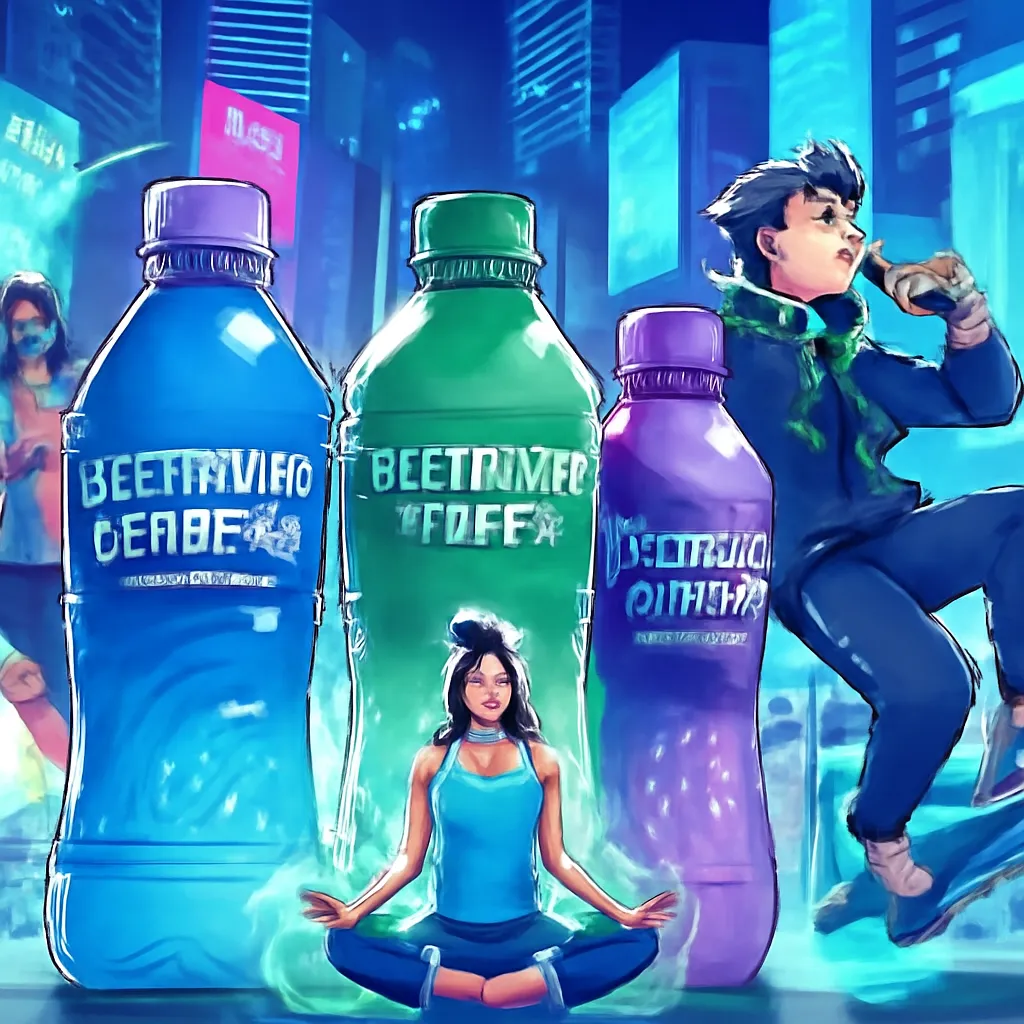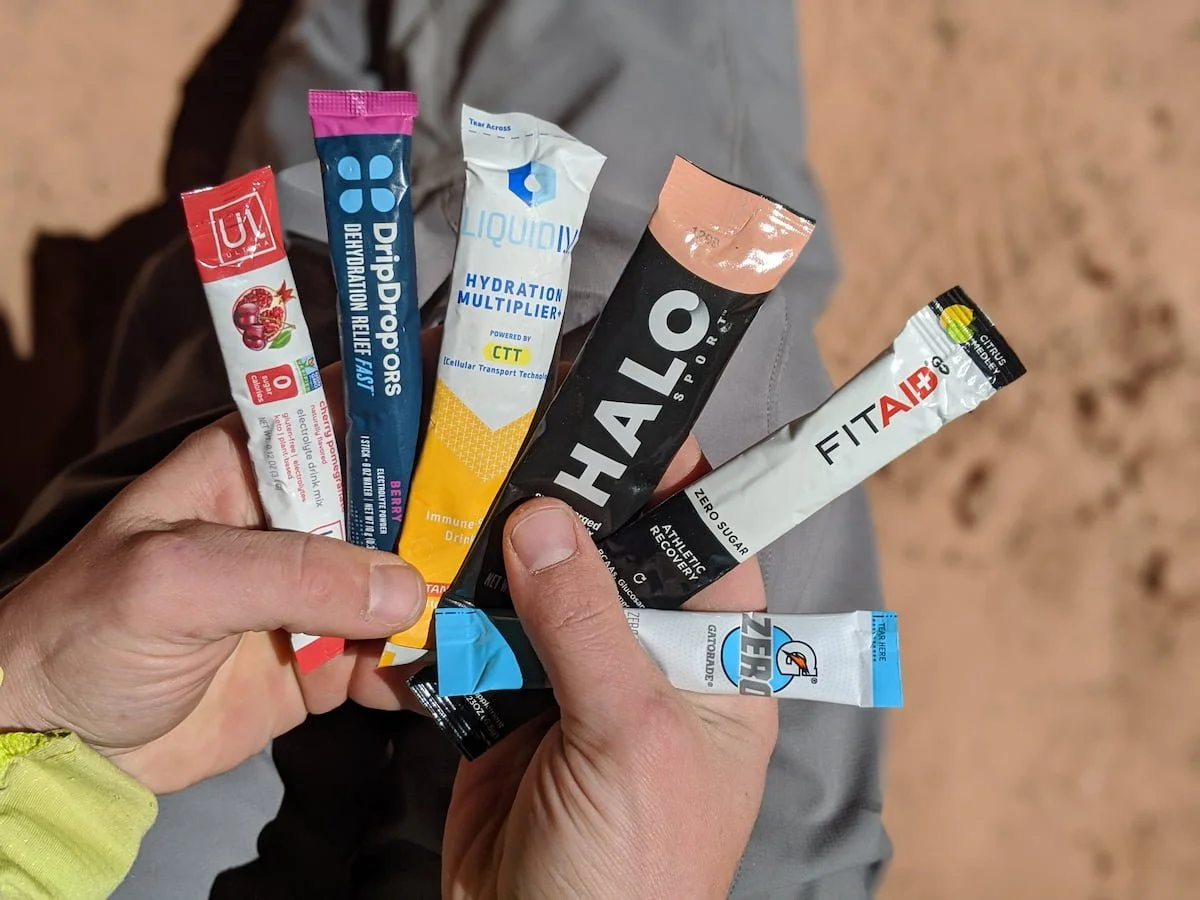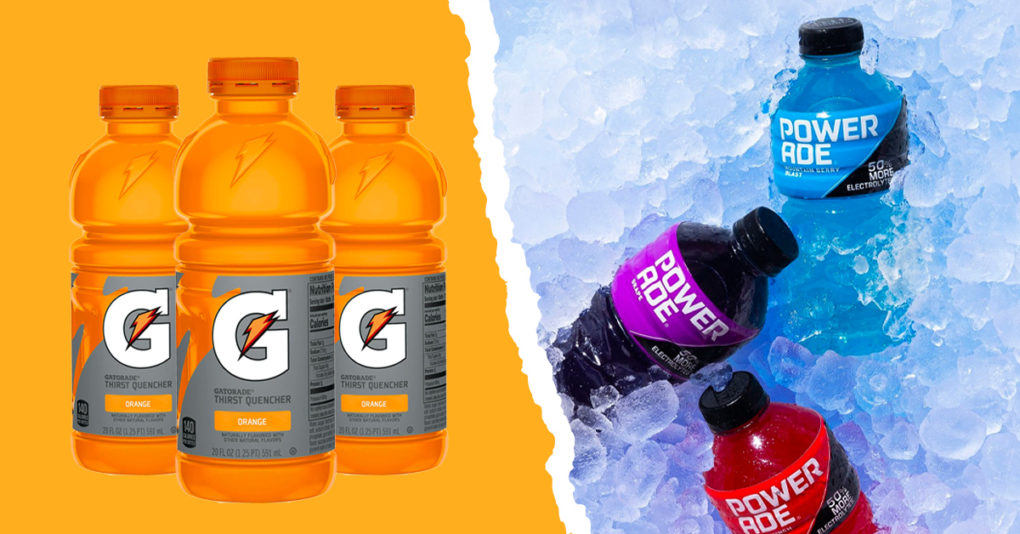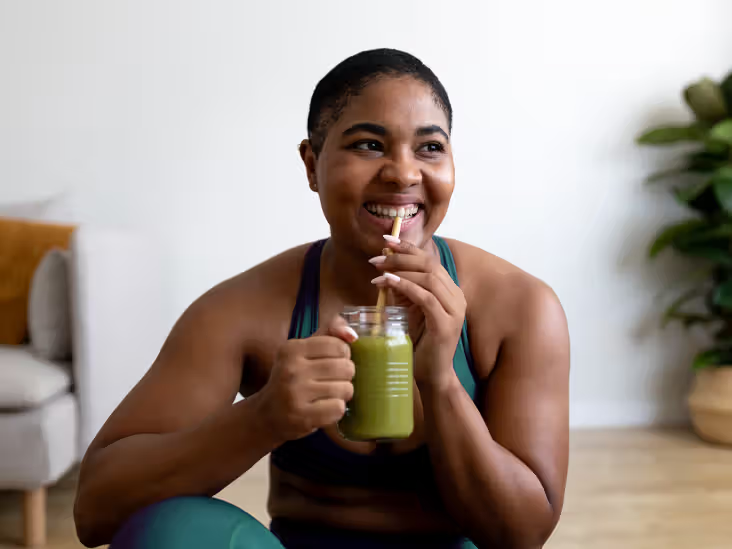Last summer, I joined a weekend hiking group who all carried one thing in common: little sachets of electrolyte powder, tossed with an air of ritual into their water bottles. Back then, I simply shrugged and reached for plain water—only to suffer embarrassing leg cramps that cut my trek short. That sweaty afternoon left me wondering: what’s driving everyone to rethink hydration? Over the next few months, I set out to decode not just my own routine but the entire rise of electrolyte drinks, tracing how clever marketing, real health needs, and even TikTok fads have supercharged the market. Along the way, I drank more sports drinks than I ever thought possible, dug through market research, and even experimented with homemade concoctions (spoiler: sea salt lemonade is...an acquired taste). Let’s dive into the trends, numbers, and surprising cultural twists powering this liquid revolution.
Behind the Boom: What’s Fueling the Electrolyte Drinks Market?
If you’ve scrolled through social media lately, you’ve probably noticed electrolyte drinks are everywhere. It’s not just athletes or gym-goers anymore—hydration has become a full-blown lifestyle obsession. I see friends swapping out their morning coffee for a neon-colored electrolyte drink, and, honestly, I get it. One coworker swears his 3pm energy slump vanished after making the switch. It’s a small example, but it speaks to a much bigger trend: the Electrolyte Drinks Market is booming, and it’s not slowing down.
Research shows that health consciousness is at an all-time high. People are more aware than ever of how hydration, electrolytes, and overall wellness are connected. It’s no longer enough to just drink water—now, we want functional hydration. As Nutritionist Kelsey MacGregor puts it:
“Consumer demand for functional hydration has fundamentally changed what we expect from our drinks.”
This shift is reflected in the numbers. The Electrolyte Drink Market Size is projected to hit between $34.2 and $42.41 billion in 2025. But that’s just the beginning. Market forecasts predict explosive Electrolyte Drinks Market Growth, reaching as high as $62.56 to $63 billion by 2032-2034. The Compound Annual Growth Rate (CAGR) is equally impressive, ranging from 5.5% to 6.2%. That’s not just steady growth—it’s a surge.
What’s driving this? It’s a mix of factors:
- Health consciousness—People want more than just hydration; they want drinks that support energy, muscle function, and recovery.
- Social influence—Brands are marketing electrolyte drinks as “wellness essentials,” and influencers are quick to share their routines.
- Innovation—From plant-based options like coconut water to sugar-free, vitamin-fortified blends, there’s a flavor and function for everyone.
- Big brands and small disruptors—Monster Energy and PepsiCo still dominate, but smaller, natural-focused brands are gaining ground with clean ingredients and eco-friendly packaging.
Interestingly, the demand for electrolyte drinks now extends far beyond gyms or sports fields. People are reaching for them during work, travel, and even as a daily wellness ritual. Studies indicate this broader awareness of hydration and electrolyte balance is fueling the market’s rapid expansion.

A Kaleidoscope of Choices: How Innovation Is Changing the Sip
Walk into any grocery store beverage aisle these days, and you’ll see just how much product innovation has transformed the world of electrolyte drinks. It’s not just about classic sports drinks anymore. The market is bursting with options that reflect changing health trends, surprising consumer habits, and a growing demand for “better-for-you” hydration.
One of the biggest shifts I’ve noticed is the wave of functional ingredients making their way into bottles and packets. Brands are adding everything from adaptogens and antioxidants to vitamins and even immunity boosters. Research shows that these functional ingredients are a major trend for 2024 and 2025, as more people want their drinks to do more than just quench thirst—they want benefits for recovery, stress, and overall wellness.
Another standout trend is the rise of plant-based electrolyte drinks. Coconut water, watermelon juice, and even maple sap are now starring as natural sources of electrolytes. Consumers are gravitating toward these clean-label, plant-based options because they’re seen as more natural and eco-friendly. I’ve seen firsthand how friends who once reached for neon-colored sports drinks now opt for coconut water or a blend sweetened with fruit juice. It’s a shift that’s hard to ignore.
Low-sugar and sugar-free varieties are also growing at lightning speed. Even my dad, who’s been a loyal cola drinker for decades, recently switched to a low-sugar electrolyte drink sweetened with monk fruit. Studies indicate that in some demographics, these low-sugar options are now outpacing traditional sports drinks. Natural sweeteners like stevia and monk fruit are in high demand, especially among those looking to cut back on sugar without sacrificing taste or hydration benefits.
What’s especially interesting is how small brands are carving out space with exotic flavors and personalized blends. From yuzu-ginger to cucumber-mint, the flavor landscape is more diverse than ever. Some brands even let you customize your electrolyte mix based on your activity level or dietary needs, making hydration feel almost bespoke.
And let’s not forget the growing importance of sustainable packaging. Eco-friendly bottles, compostable sachets, and recyclable materials are now key selling points. As consumers become more environmentally conscious, their buying habits are shifting toward brands that prioritize sustainability.
“We’re seeing consumers treat their hydration like a bespoke wellness ritual.” – Beverage industry analyst Lauren Chang
All these trends—plant-based, low-sugar, functional ingredients, and sustainable packaging—are redefining what it means to hydrate. The choices are more colorful, more personal, and more aligned with a new era of wellness.

Who’s Buying—and Why? Consumer Preferences Turn the Market Upside Down
When I first started writing about electrolyte drinks, I thought they were mostly for athletes or people training for marathons. But the market has completely changed. Today, consumer preferences are driving a new era of hydration—one where health consciousness, ingredient transparency, and personalization matter just as much as taste or brand.
Personalized hydration is everywhere. You can now find electrolyte drinks designed for everything from muscle recovery and post-workout energy, to sleep support and even skin health. I’ve seen products with added adaptogens for stress, magnesium blends for headaches, and formulas targeting immunity or gut health. It’s not just about replacing sodium and potassium anymore; it’s about matching your drink to your unique lifestyle and wellness goals.
One thing that stands out is how the post-pandemic wellness mindset has shifted hydration from an afterthought to a daily ritual. People want to feel in control of their health, and that means scrutinizing every label. I’ve watched my own aunt—who never exercises—become a devoted fan of a magnesium-rich electrolyte blend because it helps her stave off headaches. She’s not alone. Research shows that even non-athletes are flocking to electrolyte drinks for perceived daily health benefits, from better energy to improved focus.
Transparency is now a top priority. As Dr. Emily Tyler, a sports nutritionist, puts it:
“People want to know exactly what they're putting in their bodies—ingredients matter more than ever.”
This demand for clean labels and clear ingredient lists is changing the industry. Eco-conscious buyers are looking for plant-based options like coconut water and maple sap, and they’re avoiding artificial sweeteners in favor of natural ones like stevia or monk fruit. Sustainability and eco-friendly packaging are also influencing buying decisions, as consumers want their hydration habits to align with their values.
What’s really interesting is how customization has expanded the market. There are now electrolyte drinks tailored for kids, seniors, pregnant women, and people with specific dietary needs. According to industry estimates, personalized beverage sales jumped 19% last year—a sign that this trend is only gaining momentum.
In short, consumer preferences are turning the electrolyte drinks market upside down. Health consciousness, ingredient transparency, and the desire for electrolyte balance and muscle recovery are driving innovation. And as more people see hydration as a holistic, daily ritual, the demand for targeted, trustworthy products will only keep growing.

Not All that Glitters Is Gold: The Reality Check on Electrolyte Drinks
Electrolyte drinks are everywhere these days—lining grocery shelves, popping up in gym bags, and trending on social media. With the global electrolyte drinks market projected to reach over $60 billion by 2032, it’s clear that consumer interest is booming. But as I’ve learned firsthand, not every bottle delivers on its healthy promise.
Let’s start with the basics: not all electrolyte drinks are created equal. Some brands pack in more sugar than a can of soda—over 20 grams per serving in some cases. Others sneak in artificial colors, preservatives, or odd additives that don’t exactly scream “wellness.” I’ve even seen price tags that rival a nice lunch, which makes me wonder if we’re paying for hydration or just clever marketing.
Curious about the real benefits, I once swapped my daily multivitamin for a week of trendy electrolyte drinks. Honestly? I didn’t notice much difference in how I felt, but I did miss my usual leafy greens. It made me realize that while these drinks can help with electrolyte imbalance symptoms—like muscle cramps or fatigue—they’re not a magic fix for overall health. In fact, research shows that some products don’t match the wellness image they’re selling, and consumer awareness is finally catching up.
Overconsumption is another pitfall. It’s easy to think, “If a little is good, more must be better,” but that’s not always true. Too much sodium or potassium can lead to gut upset or even more serious health issues. If you’re reaching for electrolyte drinks daily, it’s worth checking the label and understanding what you’re actually getting. As sports medicine doctor Brian Harris puts it:
'Sales growth doesn't always mean nutritional value.'
Interestingly, some of my best hydration boosts have come from simple home remedies. A quick mix of sea salt and lemon in water gave me a noticeable lift—though I’ll admit, the placebo effect might have played a role. There’s a growing trend toward homemade or natural options, as more people look for clean ingredients and less sugar.
The electrolyte drinks market is also facing challenges behind the scenes. Fluctuating raw material prices, competition from flavored water and tablets, and increasing scrutiny over ingredients all play a part. Still, the long-term outlook remains strong, especially as consumer awareness about hydration and electrolyte balance continues to rise.
Where the Market Goes Next: Forecasts, Hype, and the Future of Hydration
As I look ahead, the Electrolyte Drinks Market Forecast is nothing short of impressive. Research shows that the global market is expected to soar, reaching up to $63 billion by 2032-2034, with a strong CAGR of over 5.5%. This isn’t just hype—these numbers reflect a real shift in how we view hydration. What started as a trend among athletes and fitness enthusiasts is now evolving into an everyday wellness staple for all kinds of consumers. I see electrolyte drinks popping up everywhere, from gym bags to office desks, and even in the hands of busy parents and travelers.
One of the most fascinating aspects of this market growth is how quickly it adapts to changing habits and cultural moments. Think about it: a single viral TikTok hack—maybe a chef mixing Himalayan salt with maple sap—could spark the next big craze. Stranger things have happened, and in today’s digital world, social trends can steer product development in directions no one saw coming. It’s this blend of hype and genuine innovation that keeps the category fresh and exciting.
But it’s not just about what’s trending. The real Market Growth Drivers are rooted in deeper shifts. Health consciousness is on the rise, and people are paying closer attention to what goes into their bodies. Consumers want drinks that do more than just quench thirst—they’re looking for functional benefits like recovery, immunity, and stress support. That’s why I’m seeing more brands introduce vitamins, adaptogens, and plant-based ingredients. Coconut water, maple sap, and natural sweeteners like stevia are becoming the norm, not the exception.
Another big factor shaping the Electrolyte Drinks Market Growth is sustainability. Eco-friendly packaging and clean-label formulations are no longer optional—they’re expected. As a result, both established giants and nimble start-ups are racing to innovate. It’s entirely possible that the next “Gatorade of the future” could come from a small, disruptive brand that truly understands ingredient-aware, eco-conscious consumers.
Ultimately, the future of hydration is, as market trends consultant Julia Reynolds puts it,
'personalized, sustainable, and—more than ever—culturally driven.'Longevity in this space will depend on how well brands respond to these evolving demands. If there’s one thing I’ve learned, it’s that the electrolyte drinks market is bright, dynamic, and ready for whatever comes next. The journey from functional hydration fad to wellness essential is just getting started—and I can’t wait to see where it leads.
TL;DR: Electrolyte drinks are more than just a post-workout staple—they’re the result of changing health mindsets, clever innovation, and a market eager for something beyond water. Whether you’re a trend-chaser or just looking for better hydration, there’s a (sometimes wild) solution waiting.



